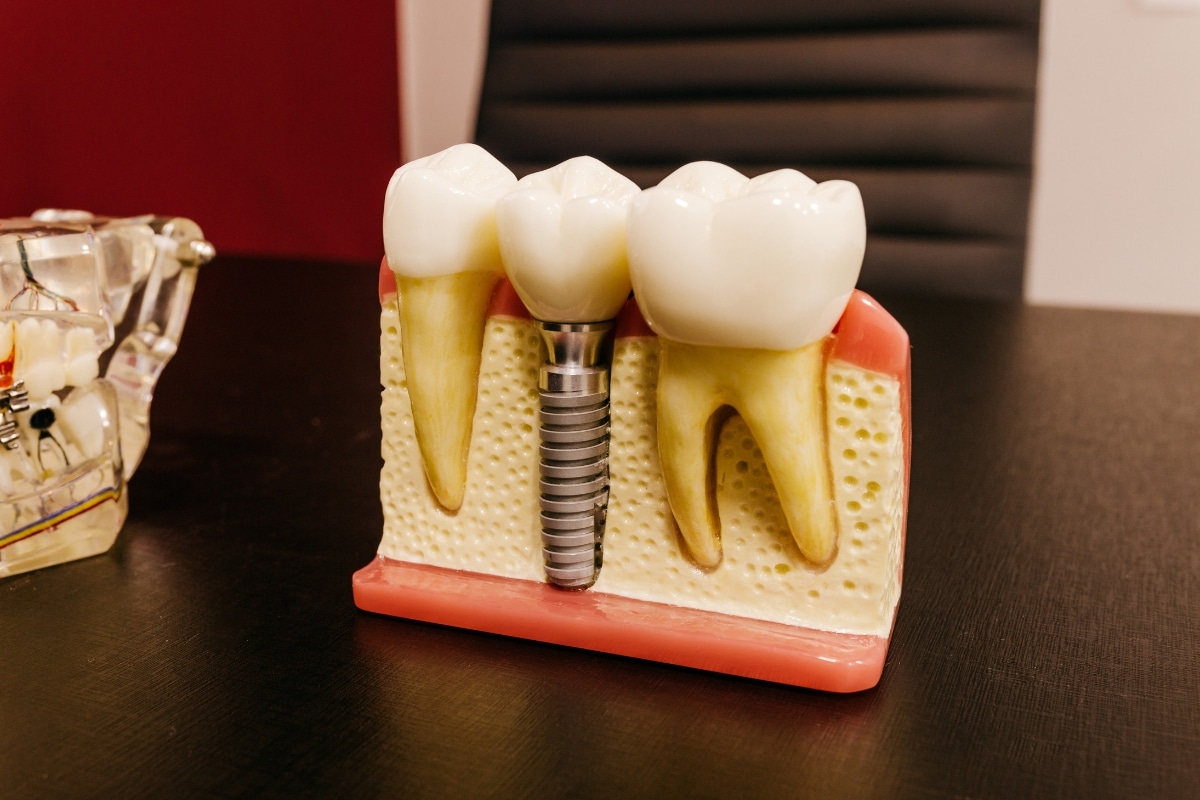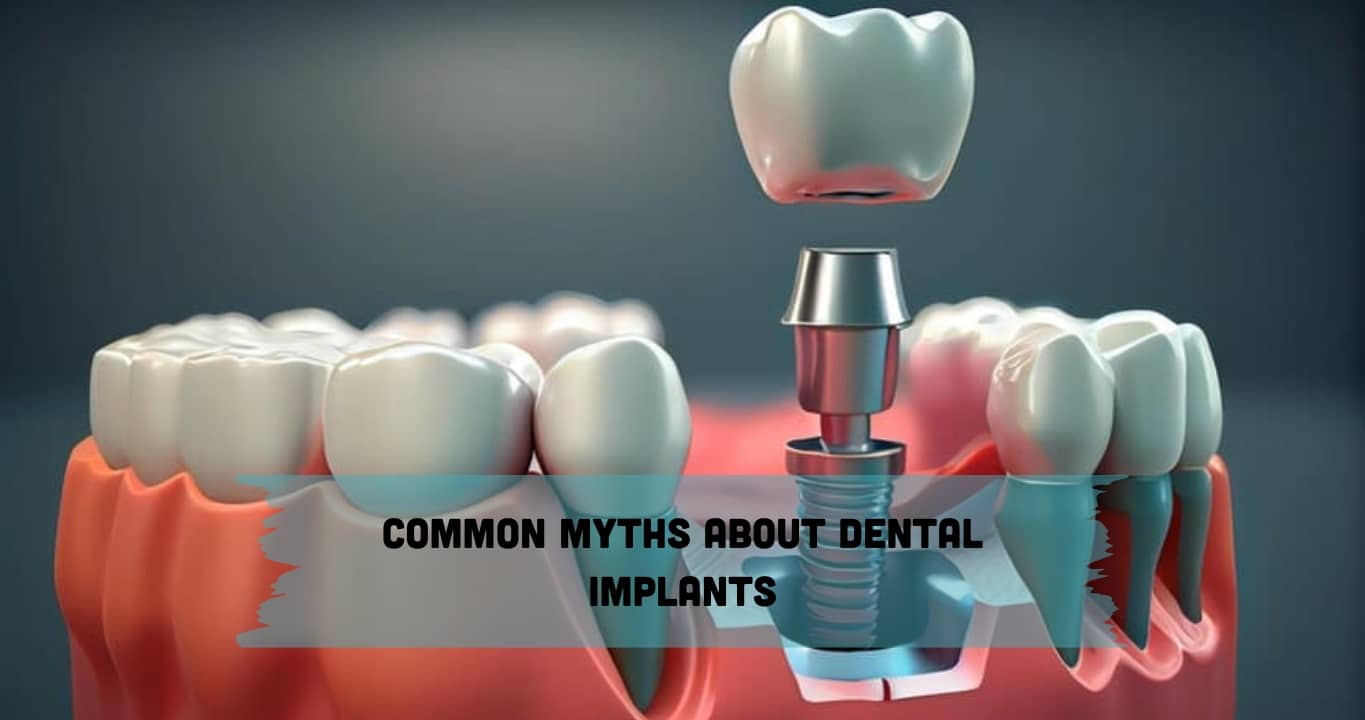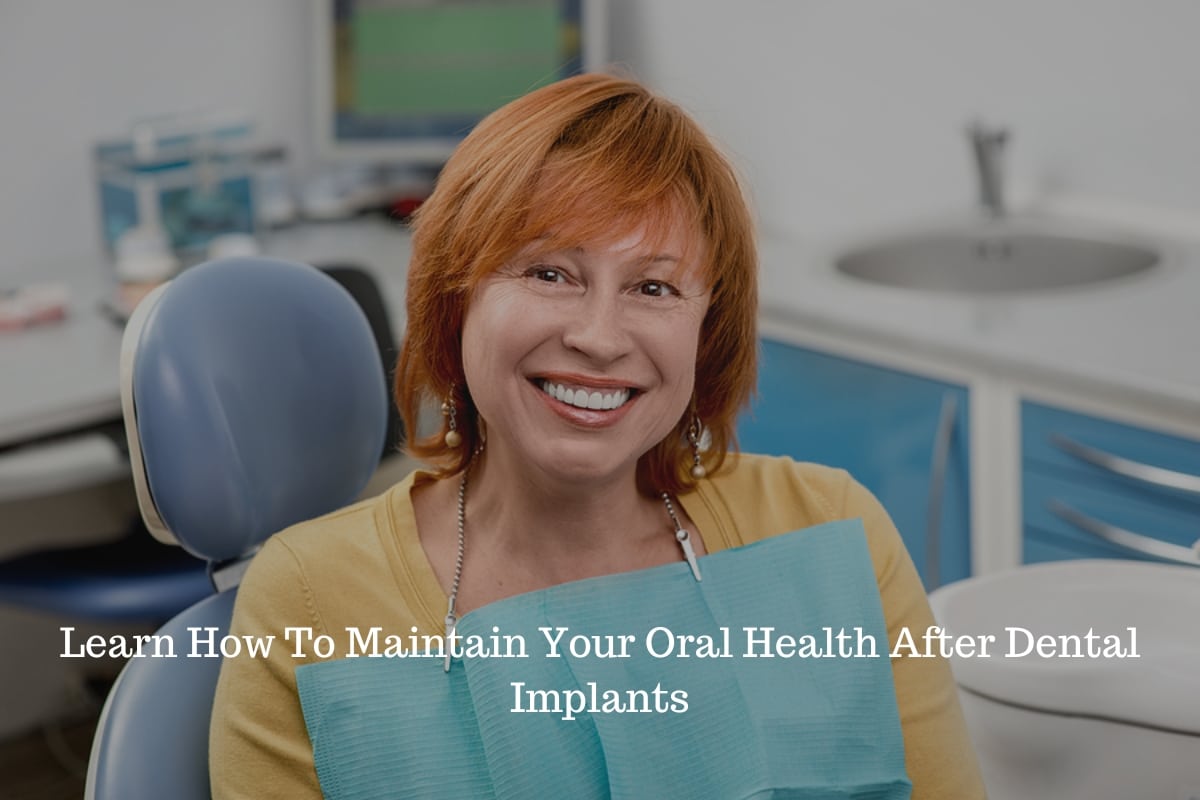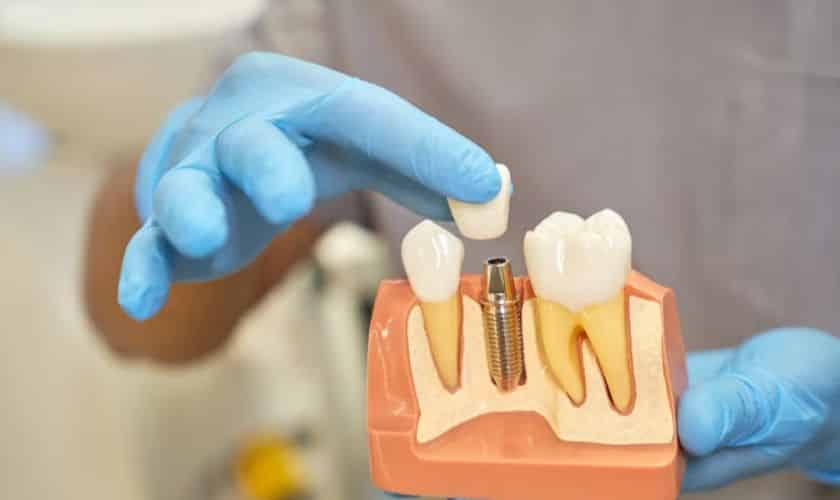
Welcome to the world of dental implants, where the titanium touch has revolutionized the field of restorative dentistry. Dental implants are modern marvels that have unleashed the power to restore smiles with remarkable precision and effectiveness. By integrating seamlessly with the jawbone, these titanium fixtures provide a sturdy foundation for replacing missing teeth. Beyond mere aesthetics, these implants offer stability, functionality, and long-lasting results that closely resemble natural teeth. With the titanium touch, individuals can regain their confidence, enjoy improved oral function, and prevent the bone loss that typically occurs after tooth loss. Join us as we delve into the remarkable journey of dental implants and their ability to transform lives.
Understanding Dental Implants
Dental implants are advanced restorative solutions that provide a strong and permanent foundation for replacing missing teeth. Composed of a titanium post, an abutment, and a prosthetic tooth, dental implants mimic the natural structure and function of a tooth. The key to their success lies in the process of osseointegration, where the titanium post fuses with the jawbone, ensuring stability and durability. Dental implants offer numerous benefits, including improved oral function, enhanced aesthetics, and the prevention of bone loss. By understanding the structure and function of dental implants, individuals can appreciate their transformative power in restoring smiles and regaining confidence.
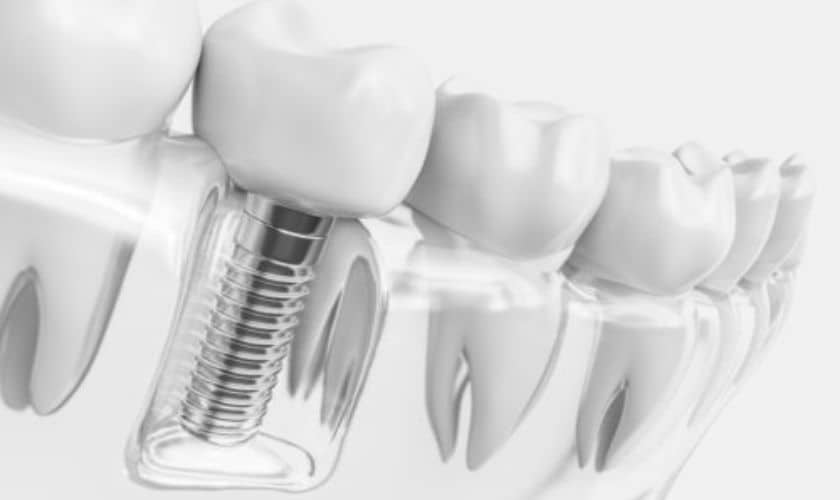
Benefits of Dental Implants
1. Enhanced Stability and Functionality: They provide superior stability compared to other tooth replacement options. Due to the process of osseointegration, where the implant fuses with the jawbone, they become a permanent part of the oral structure. This stability allows for strong biting and chewing forces, enabling individuals to enjoy a wide range of foods without restrictions. Dental implants also eliminate concerns of slipping or shifting, providing a comfortable and secure fit.
2. Improved Aesthetics: They offer a natural-looking and aesthetically pleasing solution for missing teeth. The prosthetic tooth is custom-designed to match the color, shape, and size of surrounding teeth, seamlessly blending in with the smile. This enhances the overall appearance, restoring a confident and radiant smile. Dental implants also help maintain the facial structure by preventing bone loss, which can lead to a sunken or aged appearance.
3. Preservation of Jawbone and Oral Health: When a tooth is lost, the underlying jawbone can deteriorate over time. Dental implants stimulate the jawbone through the process of osseointegration, preventing bone loss and preserving its strength and density. This not only maintains oral health but also ensures the stability and longevity of neighboring teeth. They also eliminate the need to modify adjacent teeth, unlike other tooth replacement options, preserving their natural structure.
Overall, they offer a comprehensive solution that goes beyond mere tooth replacement. They provide enhanced stability, natural aesthetics, and long-term oral health benefits, making them a popular choice for individuals seeking a durable and transformative tooth replacement option.
The Dental Implant Procedure
1. Initial Consultation and Treatment Planning: The dental implant procedure begins with an initial consultation, during which the dentist evaluates the patient’s oral health, discusses their goals and concerns, and determines their suitability for dental implants. This involves a thorough examination, dental imaging, and potentially a 3D scan to assess bone structure. The treatment plan is then customized based on the patient’s unique needs and may involve additional procedures, such as bone grafting or tooth extractions, if necessary.
2. Surgical Placement of the Dental Implant: The next step involves the surgical placement of the dental implant into the jawbone. Under local anesthesia, the dentist creates a small incision in the gum tissue to access the underlying bone. A hole is carefully drilled into the bone, and the implant, typically made of biocompatible titanium, is inserted into the prepared site. The gum tissue is then stitched back in place, and a temporary restoration may be provided, if required.
3. Healing and Osseointegration: After the implant placement, a healing period of several months is necessary to allow osseointegration to occur. During this time, the jawbone fuses with the implant, creating a strong and stable foundation. The patient is typically provided with specific aftercare instructions to promote proper healing and minimize complications. In some cases, a temporary restoration can be worn during the healing period to maintain aesthetics and function.
4. Restoration and Attachment of the Prosthetic Tooth/Teeth: Once osseointegration is complete, the final step involves attaching the prosthetic tooth or teeth to the dental implant. An abutment, a connector piece, is first attached to the implant, which serves as the support for the dental crown, bridge, or denture. The prosthetic is custom-made to match the natural teeth in color, shape, and size, ensuring a seamless and natural-looking result. The prosthetic is securely fixed to the abutment, completing the dental implant procedure and restoring the patient’s smile.
Throughout the entire dental implant procedure, the dentist closely monitors the patient’s progress, ensures their comfort, and provides necessary follow-up care to optimize the success and longevity of the implant restoration.
Source : Dr. Brett Langston
Candidacy For Dental Implants
1. Sufficient Jawbone Density: Adequate jawbone density is essential for the successful placement and long-term stability of dental implants. The jawbone should have enough volume and strength to support the implant. If a patient has experienced significant bone loss, a bone grafting procedure may be required to augment the bone and create a suitable foundation for the implant.
2. Healthy Gums and Oral Health: Good oral health is crucial for dental implant candidacy. The gums should be free from periodontal disease or infection. Any existing dental issues, such as tooth decay or gum disease, should be addressed and treated prior to implant placement. Regular dental check-ups and proper oral hygiene practices are important to maintain optimal oral health for the success of dental implants.
3. Non-Smoker or Willingness to Quit Smoking: Smoking can significantly impair the healing process and increase the risk of implant failure. Smokers may have a higher chance of experiencing complications and lower success rates with dental implants. Dentists typically recommend that individuals either quit smoking or commit to abstaining from smoking during the implant placement and healing period.
4. Commitment to Oral Hygiene and Follow-up Care: Dental implants require proper oral hygiene and ongoing maintenance. Candidates for dental implants should be willing to adhere to a thorough oral hygiene routine, including regular brushing, flossing, and dental visits. Additionally, they should be committed to attending follow-up appointments to monitor the health and function of the implants.
It’s important for individuals considering dental implants to undergo a comprehensive evaluation by a qualified dentist or oral surgeon to determine their candidacy and discuss any specific factors that may affect the success of the procedure.
Aftercare and Maintenance
1. Proper Oral Hygiene: Maintaining good oral hygiene is crucial for the long-term success of dental implants. It involves brushing the teeth at least twice a day with a soft-bristle toothbrush and fluoride toothpaste. Flossing daily and using interdental brushes or water flossers can help clean between the teeth and around the implant. Regular professional dental cleanings and check-ups are also essential to monitor the health of the implants and surrounding tissues.
2. Lifestyle and Dietary Considerations: Certain lifestyle habits can impact the longevity of dental implants. Avoiding smoking or tobacco use is highly recommended, as it can impair the healing process and increase the risk of complications. Minimizing or avoiding alcohol consumption can also contribute to better implant outcomes. Additionally, maintaining a healthy diet rich in fruits, vegetables, and lean proteins can support overall oral health and contribute to the success of dental implants.
It is important for patients to follow the specific aftercare instructions provided by their dentist or oral surgeon. These instructions may include additional recommendations tailored to the individual’s unique needs and circumstances. Open communication with the dental professional and regular follow-up visits will ensure that the implants are properly maintained and any issues are addressed promptly.
FAQs
1. How long does the dental implant procedure take?
The duration of the dental implant procedure can vary depending on various factors, such as the patient’s oral health, the number of implants being placed, the need for any additional procedures, and the healing response of the individual. On average, the entire process, from implant placement to the attachment of the final restoration, can take several months. However, this timeline can be shorter for some cases, especially when using advanced techniques like immediate loading implants.
2. Is the dental implant procedure painful?
The dental implant procedure is typically performed under local anesthesia, ensuring that patients do not experience pain during the surgery. Some individuals may feel mild discomfort or soreness in the days following the procedure, which can be managed with over-the-counter pain medications. The dentist will provide appropriate aftercare instructions to minimize any potential discomfort and promote a smooth recovery.
3. What is the success rate of dental implants?
Dental implants have a high success rate, with reported success rates exceeding 95%. However, the success of implants depends on several factors, including the patient’s overall health, oral hygiene practices, the expertise of the dentist or oral surgeon, and proper aftercare and maintenance. Following the dentist’s instructions, attending regular dental check-ups, and maintaining good oral hygiene can significantly contribute to the long-term success of dental implants.
4. Can dental implants replace multiple missing teeth?
Yes, dental implants can be used to replace multiple missing teeth. Depending on the specific case, dental implant-supported bridges or implant-supported dentures can be used to restore a larger span of missing teeth. These options provide improved stability, functionality, and aesthetics compared to traditional removable dentures or bridges, giving patients a more comfortable and natural-looking solution for multiple tooth replacements.
5. Are dental implants covered by insurance?
Dental insurance coverage for dental implants can vary depending on the insurance provider and the specific policy. In some cases, dental insurance may partially cover the cost of dental implants, particularly if they are deemed medically necessary. However, it is important to check with the insurance provider and review the policy details to understand the extent of coverage for dental implant procedures.
In conclusion, dental implants have revolutionized restorative dentistry, offering a transformative solution for missing teeth. With their superior stability, natural aesthetics, and long-term benefits, dental implants empower individuals to regain confidence, enjoy enhanced oral function, and preserve their oral health. Experience the life-changing power of dental implants and restore your smile today.


